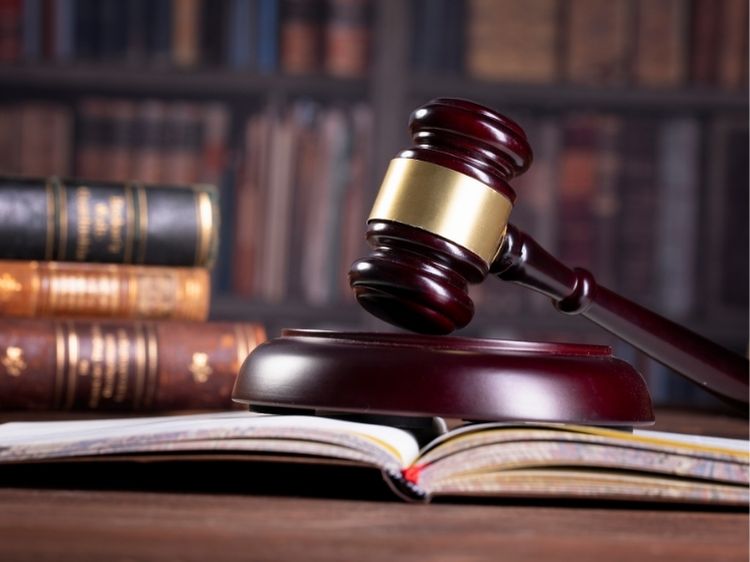What Are Product Liability Claims?
When you purchase a product, you expect it to work as intended. But sometimes, products don’t just fail—they cause harm or injury. That’s where product liability claims come in. Product liability law ensures that companies are held accountable if their products harm consumers. There are various types of product liability claims, each addressing specific issues with products that pose risks. If you’ve ever wondered how you could seek justice if a product hurts you, read on.
What Is Product Liability?
Product liability is the legal responsibility of manufacturers, distributors, and retailers to provide safe products to the public. When a product is found to be unsafe and causes harm, liability may fall on the parties involved in its production and sale. The aim is simple: protect consumers and hold companies accountable for negligence.
Product liability claims generally fall into three main categories:
- Manufacturing Defects
- Design Defects
- Failure to Warn
Now, let’s dive deeper into each type to understand what they entail.
1. Manufacturing Defects: When Something Goes Wrong During Production
A manufacturing defect occurs when a product deviates from its intended design during production. This type of defect can make a product dangerous, even if the overall design is safe. Think of it as a mistake in the factory: something went wrong during assembly or production, resulting in a faulty product.
Examples of Manufacturing Defects:
- A batch of car tires that are improperly molded, causing them to blow out.
- Medication that is contaminated during production.
- A kitchen appliance with loose wiring that leads to electrical shocks.
How to Prove a Manufacturing Defect Claim
To prove a manufacturing defect, you’ll need to show that the defect directly caused your injury and that the product was not altered after it left the manufacturer. This claim focuses solely on whether the product had a flaw during manufacturing, not on its design.
2. Design Defects: Flaws in the Blueprint
While manufacturing defects are one-off errors, design defects affect an entire line of products. This means that even if the product was made according to specifications, its very design makes it dangerous. If a company’s design inherently puts consumers at risk, it can face a product liability claim for a design defect.
Examples of Design Defects:
- Vehicles with a high rollover rate due to poor design.
- Children’s toys with small, detachable parts that can cause choking.
- Furniture that tips over too easily, especially around children.
Proving a Design Defect
In a design defect case, you’ll need to show that the product’s design is unreasonably dangerous and that there was a safer, economically feasible alternative design that the company could have used. This claim is more complex because it examines the design decisions rather than the manufacturing process.
3. Failure to Warn: The Importance of Labels and Instructions
Failure to warn, also known as marketing defects, arises when a company does not provide adequate instructions or warnings about potential dangers. In these cases, the product might be safe if used correctly, but the manufacturer fails to communicate how to avoid risks. This category covers everything from missing labels to unclear instructions.
Examples of Failure-to-Warn Claims:
- A chemical cleaner that lacks proper handling warnings.
- Prescription medication without side effect information.
- Electronics that can overheat without warnings for safe use.
How to Win a Failure-to-Warn Case
In a failure-to-warn claim, you must prove that the manufacturer knew or should have known about the potential danger and failed to provide adequate warnings. The case hinges on the company’s knowledge of risks and its duty to inform consumers.
Key Differences Between Types of Product Liability Claims
| Type | Cause of Action | Examples | Legal Focus |
| Manufacturing Defect | Error during production | Contaminated medicine, faulty brakes | Deviation from design |
| Design Defect | Unsafe product design | Rollover-prone vehicles, choking hazards in toys | Safer design alternatives |
| Failure to Warn | Lack of adequate warnings | Dangerous chemicals, unmarked hazards | Manufacturer’s duty to warn |
Understanding these differences helps you determine which type of product liability claim applies to your situation. Each claim type has specific requirements, so knowing what applies to your case can be crucial.
The Legal Process: Filing a Product Liability Claim
If you believe you have grounds for a product liability claim, here’s a basic rundown of what to expect:
- Seek Medical Attention: Prioritize your health and document any injuries from the product.
- Document the Defective Product: Take photos, keep receipts, and make notes on how you used the product.
- Consult a Lawyer: Product liability cases can be complex. An experienced lawyer can guide you on the specific claim type.
- File the Lawsuit: Your lawyer will help file the lawsuit, usually starting with gathering evidence to support your claim.
Why Product Liability Matters for Consumers
Product liability laws aim to create a safer marketplace, holding companies accountable for the safety of their products. Without these regulations, companies might neglect safety in pursuit of profits. As consumers, it’s vital to understand our rights and options if we encounter a defective product.
FAQs: Common Questions About Types of Product Liability Claims
Q: Can I file a product liability claim if I misused the product?
A: Generally, no. If the product was used in a way it was not intended or warned against, it may void a claim. However, if the misuse was reasonably foreseeable, there could still be grounds for a claim.
Q: What if the product had a warning, but it was vague?
A: If a warning is unclear or lacks necessary detail, it could still lead to a failure-to-warn claim. Manufacturers must provide adequate, understandable warnings to avoid liability.
Q: How long do I have to file a product liability claim?
A: Time limits vary depending on state laws and the type of claim. Consulting a lawyer as soon as possible is essential to avoid missing any deadlines.
Q: Can I sue if a product harmed my pet?
A: Yes, some product liability laws cover injuries to pets. However, you may want to verify with a lawyer whether your state includes pets in its product liability laws.
Q: What if I bought the product second-hand?
A: Some states allow product liability claims even if the product was purchased second-hand, as long as it remains in the same condition as when first sold. However, check your local laws.
Summary: Protecting Yourself Against Defective Products
Understanding the types of product liability claims—manufacturing defects, design defects, and failure to warn—empowers you as a consumer. Knowing how to recognize each type can help you take the right steps if you’re ever harmed by a product. If you suspect a product is unsafe, document everything, seek medical attention if needed, and consider consulting a legal professional. These actions could protect your rights and prevent future harm to others.
Authoritative Sources for Further Reading
- Consumer Product Safety Commission (CPSC): www.cpsc.gov
- National Consumer Law Center: www.nclc.org
- American Bar Association on Product Liability: www.americanbar.org



